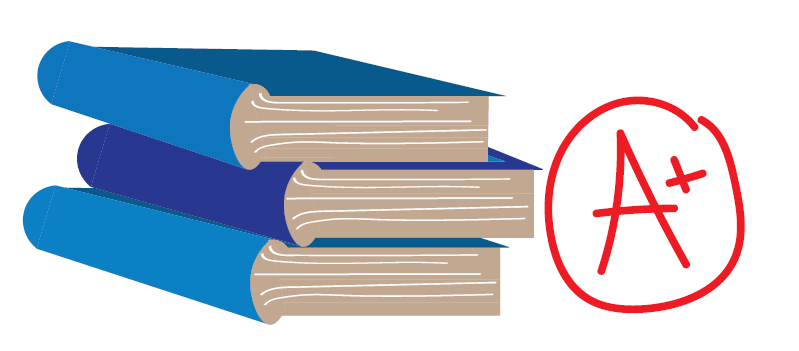This year at Marshall, teachers are being taught about ‘grading for equity’, a grading system with hopes to align all grading policies and place an emphasis on students and their success.
Instructional Technology Coach, Rachel Baxter, leads the instruction of grading for equity along with Principal Litz. Baxter explained the goals of the new strategy.
“What we’re trying to do is get the whole school to be a little more aligned with grading practices,” Baxter said. “There’s a lot of different ways that people are grading and assessing in the building and that adds to the mental load and stress of students.”
IB Anthropology and Honors Government teacher Olivia Tate describes grading for equity as teachers giving all students the maximal opportunity to show their knowledge and do their absolute best. Tate notes the hardships of implementing the strategy as a teacher.
“I think our school system does not allow for meaningful grading with equity. We really have to change school culture for that to happen, but I think it is positive. It’s putting the emphasis on what kids know versus behavior issues,” Tate said.
Advanced Chemistry for IB Students and IB Chemistry HL teacher Jeremy Wade agrees with the positives to the grading for equity strategy.
“Grading with equity has to be, and I think it is, a cornerstone here at Marshall. For staff, it ensures best practices amongst teachers,” Wade said.
Baxter notes the struggles associated with implementing the grading for equity strategy this year at Marshall.“I think if you had asked me six months ago, I would have really different ideas about where I thought we would go,” Baxter said. “The goal is to be a little more streamlined and to make it clear for students and their parents how they are earning grades in classes.”
Tate suggested changes to grading strategies in order to improve grading for equity’s success at Marshall.
“You can get super radical here and you just dispel grades altogether. True standards based grading is proficient, not proficient, focusing on skills rather than grades A through F,” Tate said. “Moving to a 4.0 scale, that’s a four point system that again focuses on rubrics that tell kids exactly where they are, versus giving them busy work.”
Tate explained how she tries to implement grading for equity into her grading policy.
“[What] I’m trying to do in this class is having meaningful formative assessments that are both easy for me to grade, but also put the emphasis on their learning and not on a letter grade that they receive,” Tate said.
Wade also implements grading for equity into his style of grading and what he prioritizes.
“I do not include participation grades, it impacts students and would cause their grade to not necessarily be a reflection of what they know,” Wade said. “I [also] ensure that all students have access to materials and different ways to display mastery of content.”
With increased interest in the strategy, teachers will continue to implement it into their classrooms this year.

